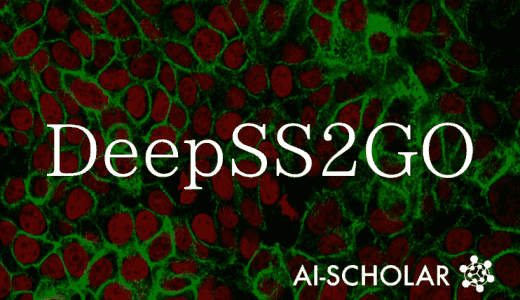We Can Solved The Irregularities In The Time Course! Proposal Of A Patient Profile Extraction Method Using Deep Learning Model With T-LSTM
3 main points
✔️ Proposed time series deep learning model to extract long-term trends in chronic kidney disease (CKD)
✔️ Using T-LSTM with randomly sampled patient data
✔️ Identification of unique profiles of CKD patients using learning that takes into account irregular time characteristics
Learning Deep Representations from Clinical Data for Chronic Kidney Disease
written by Duc Thanh Anh Luong,Varun Chandola
(Submitted on 1 Oct 2018 (v1), last revised 9 Feb 2019 (this version, v2)])
Comments: Published by arXiv
Subjects: Machine Learning (cs.LG); Machine Learning (stat.ML)
Background
In this section, we will outline Chronic Kidney Disease (CKD) and Time-aware LSTM (T-LSTM), both of which are addressed in this study, and then we will discuss the key points of the study.
What is chronic kidney disease (CKD)?
Before we get to chronic kidney disease, I would like to outline how the kidneys work, as they take on the task of removing waste products from the body in one fell swoop.
The kidneys are located near the middle of the back, across the spine, with two on each side of the spine. Their main function is to divide the unwanted and necessary substances in the body and produce urine for the release of unwanted substances from the body. Because it is solely responsible for the removal of unwanted substances from the body, a quarter of the blood that is pumped out of the heart flows into the body. This blood is filtered and purified by a collection of capillaries, called glomeruli, and separated into what the body needs and what it doesn't.
When we talk about the removal of unwanted substances, the kidneys also have two major functions. One is the "filtration function" in the glomerulus, which I just described, and the other is the "reabsorption function" in the tubules following the glomerulus. In terms of the flow of removal of unwanted materials, first the blood is roughly filtered by the glomerulus so that only large molecules (proteins, red blood cells, etc.) are left in the blood. After that, what is necessary for the body (water and electrolytes) is reabsorbed in the tubules. Therefore, even if we simply say that the kidneys are bad, it is necessary to identify the cause of the problem, since the filtration or reabsorption function is different depending on the disease. In addition, the kidneys are the only ones that have these roles in the body, and they play an important role in the removal of unwanted substances in the body all by themselves.
CKD is a multifactorial disease with a complex combination of various factors in the body. In addition, it is generally pointed out that it is difficult to improve renal function once it has deteriorated, and early detection and prevention of deterioration of renal function before it worsens are important issues.
The paper also focuses on temporal heterogeneity, saying that CKD progression differs from patient to patient, and that it is important to estimate subgroups to account for this heterogeneity.
To read more,
Please register with AI-SCHOLAR.
ORCategories related to this article



![DrHouse] Diagnostic](https://aisholar.s3.ap-northeast-1.amazonaws.com/media/February2025/drhouse-520x300.png)
![SA-FedLoRA] Communic](https://aisholar.s3.ap-northeast-1.amazonaws.com/media/October2024/sa-fedlora-520x300.png)


![[SpliceBERT] A BERT](https://aisholar.s3.ap-northeast-1.amazonaws.com/media/July2024/splicebert-520x300.png)
![[IGModel] Methodolog](https://aisholar.s3.ap-northeast-1.amazonaws.com/media/July2024/igmodel-520x300.png)